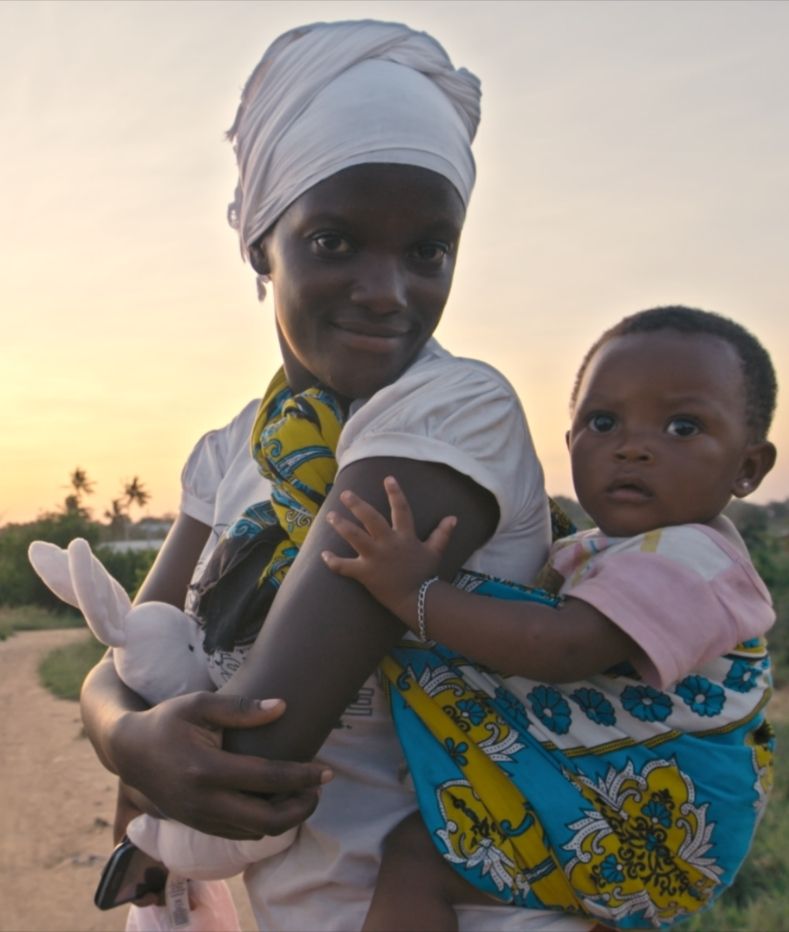
Dignified storytelling embraces complexity and nuance. It actively seeks opportunities to change one-sided stories about poverty and pity – in part through representing people and communities as more than just their problems.
Each individual has a personality, ideas, and a voice. Each community is an ecosystem made up of many parts in constant, dynamic interaction with each other.
Dignified storytelling requires that contributors be presented as fully dimensional and capable of serving in multiple roles. We all have a multitude of different relationships, responsibilities, and roles in our lives ranging from the professional to the personal. Rather than only focusing on one aspect of these – or one circumstance or incident – dignified storytelling presents well-rounded depictions of contributors and the contexts in which they live.
It is committed to longer-term processes that acknowledge that communities and cultures evolve and change. Dignified storytelling ensures authentic and diverse representation of groups or communities.

If only one type of contributor is represented, there is a risk of promoting limited ideas about who is affected by an issue, what a community is like, or who is participating in a programme. Dignified storytelling is more than just showing hardships or deprivations. It is about deep and balanced portrayals that enhance feelings of solidarity, connection, and empathy based on our shared humanity.
Guidelines for Principle No. 3
Dignified storytelling treats each individual as a whole person and every community as dynamic and multi- imensional
TO HELP PUT PRINCIPLE #3 INTO PRACTICE, CONSIDER THE FOLLOWING:
Pursue more in-depth stories and profiles to better capture whole personhood. This can be especially needed in the case of stories involving people from historically excluded groups.
Use different modes of storytelling – from film to photos to audio accounts to written narratives – to address the diverse characteristics and needs of contributors.
Check with contributors, as well as partners and staff close to the situation, to make sure that the image or story depicts an accurate representation of the issue being covered.
Enable audiences to easily find out more about the context of the story; for example:
- Layer content in short and long forms, for one through clearly visible links for people to access further information on the story context from different sources.
- Use multiple channels to provide depth, context, and detail, perhaps by linking a social media post to a more in-depth interview online
Top Tips for Principle No. 3
Embrace complexity and nuance
Show contributors as fully dimensional humans who fill several roles and have wide interests, personalities, and agency.
Include diverse representation
If telling a story about a community or group of people, include diverse representation and context details to show more than one dimension of that community.
More in the Handbook
The Dignified Storytelling Handbook is a resource to help storytellers and organizations promote and
employ storytelling practices that are grounded in a deep respect for human dignity
Available for download in English, Arabic, Spanish and French
